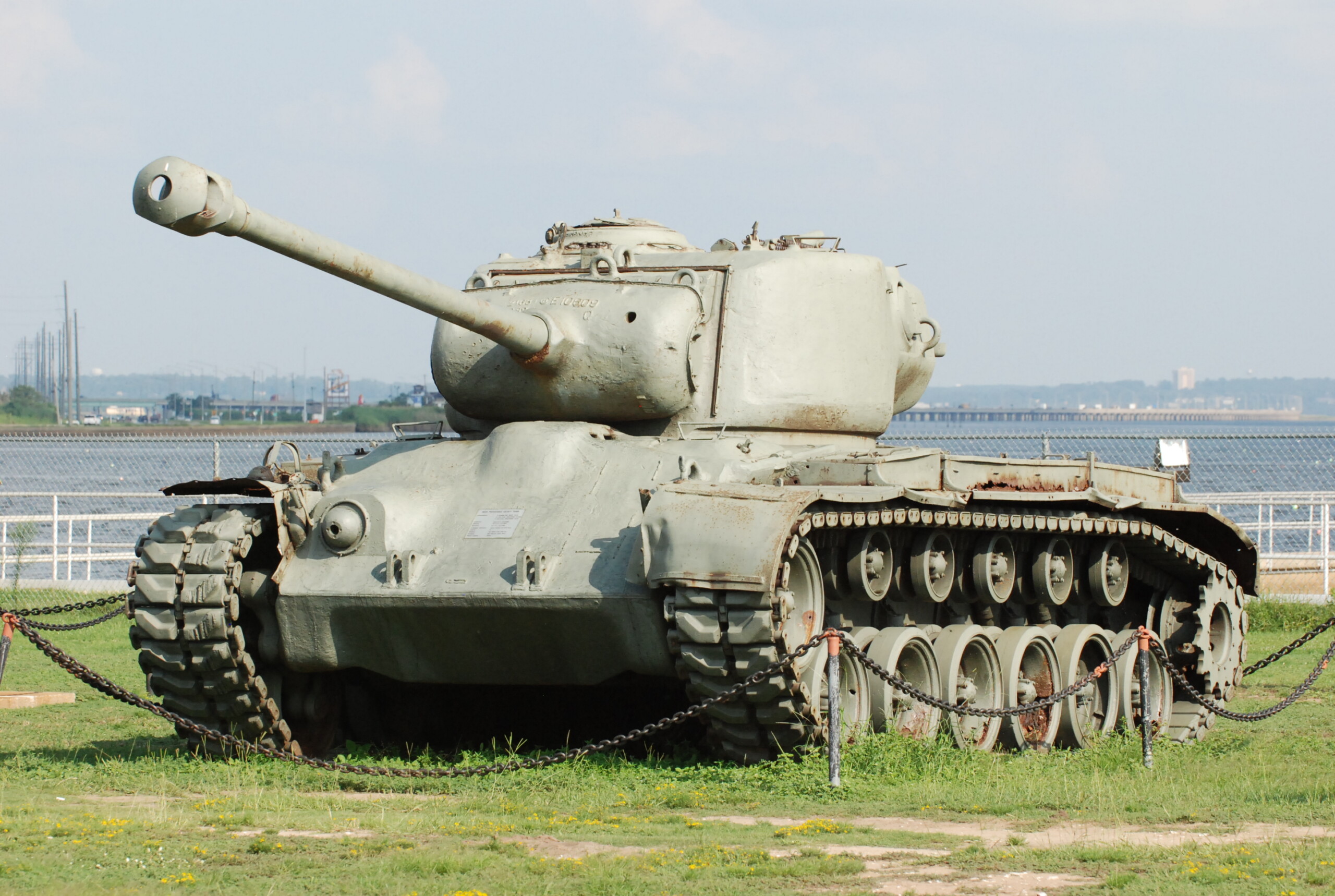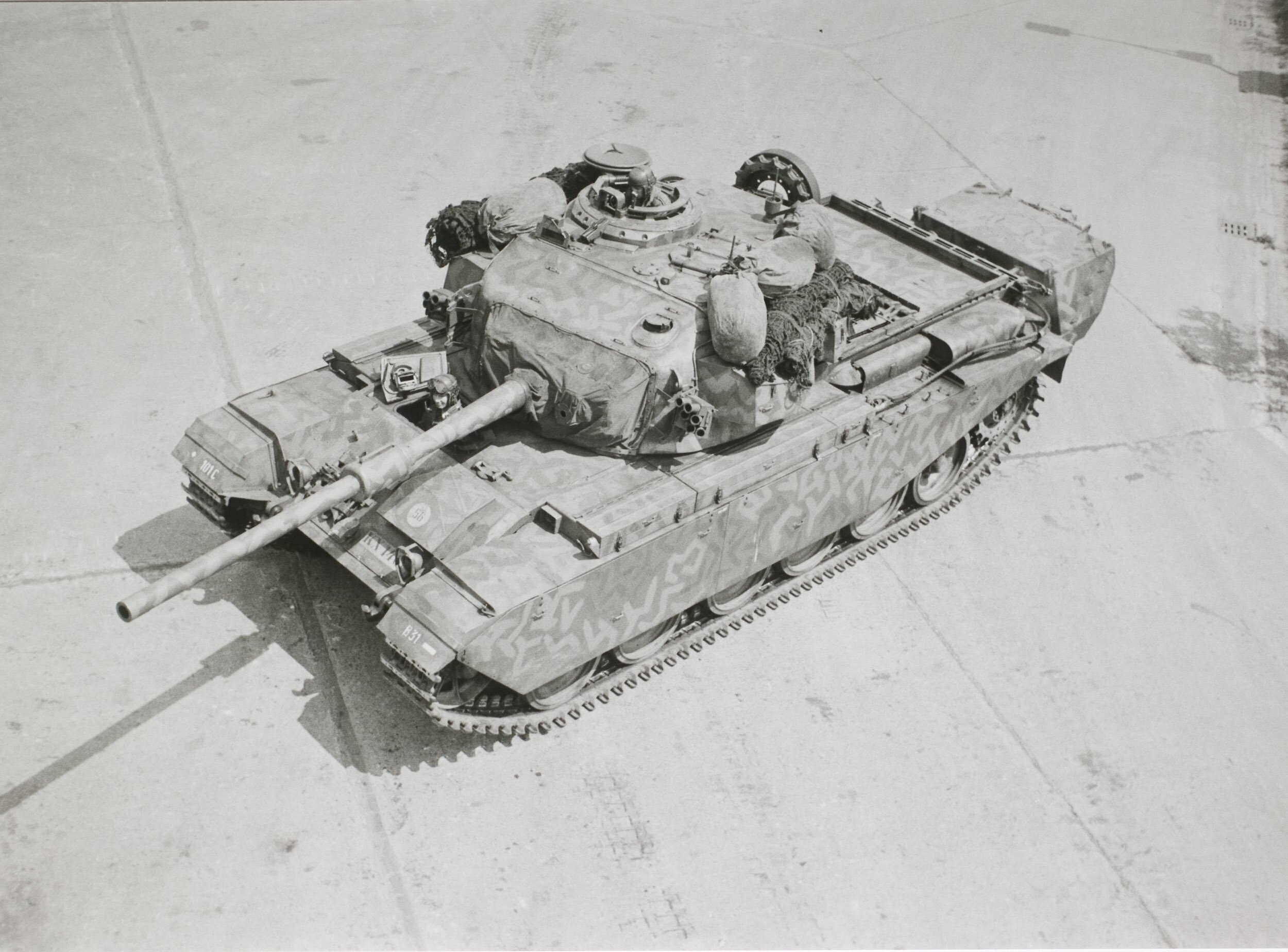The Korean War (1950-1953) was a watershed moment in military history, where modern warfare strategies and technologies clashed on a battlefield marked by intense combat.
These hulking war machines, like modern-day knights, rolled across the unforgiving Korean terrain, transforming the course of the conflict. Despite the treacherous labyrinth of mountains, valleys, and dense forests, tanks emerged as unsung heroes, carving a way for advancing infantry.
Setting A New Stage for Future Tanks
When the 1950s came rolling in, tanks had already established their reputation on the battlefield, proving their mettle, most notably during World War II. In this period, these mechanical behemoths were pivotal in shaping the outcome of conflicts where both belligerents had extensively demonstrated their effectiveness and versatility.
Regardless, it was during the Korean War that a new chapter in tank warfare unfolded. This new era of conflict became a crucial testing ground for the emerging second-generation tank designs and tactics. Taking place in the Cold War era, when superpowers had been doing left and right technological innovations, the new breed of tanks produced around this period bore features that would revolutionize warfare for good.
These tanks would later incorporate various innovative improvements, including armor protection, firepower, mobility, and crew survivability—providing a new stage for the future of armored warfare. Furthermore, it embodied the relentless pursuit of military engineers to enhance these armored vehicles’ capabilities designed to withstand the evolving challenges of the modern battlefield.
As the Korean War progressed, these second-generation tanks solidified their reputation as formidable military assets by addressing the weak points of their predecessors. Korea’s rugged terrain and the extreme weather condition were among the significant challenges armed forces had to brave apart from enemy fire, and seeing how these tanks were able to conquer it—which would have been impossible for their predecessors—demonstrated their unparalleled resilience and adaptability.
Armored Tanks
Most superpower nations have invested heavily in developing armored combat vehicles, especially after witnessing the success of tanks in previous wars. Below are some notable tanks that played a significant role in the intensity and, eventually, the closing outcome of the Korean War.

M4 Sherman. A medium tank widely used by the United Nations Command (UNC) forces, built by the US Army Ordnance Department, proved to be a workhorse during the early stages of the Korean War. Although it faced challenges against more advanced enemy tanks, its mobility, reliability, and numerical superiority made it a valuable asset.

T-34/85. The North Korean and Chinese People’s Volunteer Army (PVA) forces widely utilized this Soviet-built medium tank. Its sloped armor, powerful 85mm gun, and maneuverability provided a formidable threat to the UNC forces. It notably played a significant role in the initial stages of the war, including the 1950 Korean Offensive.

M26 Pershing. An American heavy tank, which entered later in the Korean War, was the Allied troops’ answer to counter the Soviet T-34/85. It featured a more powerful 90mm gun and improved armor protection, providing the UNC forces with a tank capable of engaging enemy tanks on more equal terms.

Centurion. A British-designed main battle tank (MBT), which the United Kingdom and Commonwealth forces also introduced in the war’s later stages, boasted advanced features such as a powerful 105mm gun, advanced stabilization system, and reinforced armor. With this, the MBT made it a formidable opponent on the battlefield.

SU-76. Another Soviet-built featuring a self-propelled gun and assault gun that the communist allies employed. Although technically not classified as a tank, it played a significant role in providing indirect fire support and anti-tank capabilities during the war.

T-55. Towards the end of the conflict, the T-55, a Soviet-designed MBT, was introduced by North Korea. It provided enhanced firepower and mobility compared to previous tank models, posing a considerable threat to the UNC forces.
Significant Battle Contributions
Throughout the three-year armed confrontation in the Korean War, tanks played pivotal roles, particularly in the battles of Inchon and Chosin Reservoir.
During the Battle of Inchon, these upgraded armored vehicles became instrumental in tipping the scale for victors. General Douglas MacArthur’s audacious amphibious landing at Inchon, led by a fleet of tanks, caught the North Korean forces off guard, ultimately altering the course of the conflict. Meanwhile, the Battle of Chosin Reservoir extensively tested the survivability of the tanks. It played a vital role in defending and retreating from the outnumbered UN forces amidst the harshest winter conditions imaginable. Their mobility and firepower proved essential in covering and supporting the Allied troops.
The mechanical behemoths demonstrated their worth by delivering crucial fire support, shattering enemy defenses, and swiftly capturing strategic objectives. Additionally, they exerted a profound psychological impact on the hearts of their adversaries, instilling fear and eroding their morale and fighting spirit. The combination of formidable tanks and skilled crews provided a significant psychological advantage, ultimately leading to a stalemate in the fighting.
A Catalyst for Tank Innovation
Tanks in the Korean War redefined the notion of armored warfare and showcased their immense strategic significance. They proved indispensable in seizing key objectives, providing critical fire support, and withstanding the rigors of battle.
Despite the new generation of tanks gracing the harsh battlefield of the Korean Peninsula, the conflict did not end with a formal peace treaty. Instead, both sides had signed an armistice agreement to a ceasefire. So technically, it remains at war up to this day.
Regardless, the Korean War served as a catalyst for technological advancements in tank design and tactics, leaving a lasting legacy that would shape future conflicts.
—
Check out “On Desperate Ground” by Hampton Sides here!










COMMENTS
You must become a subscriber or login to view or post comments on this article.